During Navratri, nine forms of Maa Durga i.e. Nav Durga are worshipped one on each night. Maa Durga is the manifestation of eternal energy that is diversified in these nine forms. The nine forms of Maa Durga or Maa Paravatiare, Shaiputri, Brahmacharini, Chandraghanta, Kushmanada, Skandmata, Katyayani, Mahagauri, and Sidhidatri.
9 Avatars of Maa Durga
Shailputri
Shailputri means "Daughter of Mountain" is an incarnation of Parvati. It is in this form that the Goddess is worshiped as the consort of Shiva. She is depicted as riding the bull, with a trishula in her right hand and lotus in her left. She is associated with the colour red, which depicts action and vigour.
Brahmcharini
She is the maiden form of Parvati in which she pursued asceticism for pleasing Lord Shiva to marry her. Brahmacharini is worshiped especially on the second day of Navratri for emancipation or moksha and endowment of peace and prosperity. She symbolizes bliss and calmness. She is associated with the Blue color which depicts tranquillity yet strong energy.
Chandraghanta
She is the third form of Durga and is mostly worshipped on the third day of the Navratri. The name Chandraghanta is derived from the fact that after marrying Shiva, Parvati adorned her forehead with the Ardha Chandra the half-moon. She is the embodiment of beauty and bravery. She is associated with the yellow colour and is believed to save her devotees from all evils.
Kushmanda
She is the fourth form of Goddess Durga, worshipped especially on the fourth Navratri, who is credited with creating the world with her divine smile. Her name Kushmanda means; Ku "a little", Ushma means "warmth" or "energy" and Anda means "cosmic egg", thus she is the one who bears this world. She is associated with green colour depicting vegetative powers she possesses.
Skandmata
Skandmata is the fifth form of Goddess Parvati and worshipped on the fifth Navratri, is named so as the mother of the Skand or Kartikeya, the son of Goddess Parvati and Lord Shiva. She is associated with the colour grey, which is symbolic of the transforming strength of a mother for the protection and security of her child. She is depicted riding a ferocious lion, having four arms, and holding her baby.
Katyayani
She is the sixth form of Goddess Durga who was first of all worshipped by the sage Katyayan, thus named Katyayani. She is worshipped on sixth Navratri. She is associated with the colour orange that signifies courage. Known as the warrior goddess, she is considered one of the most violent forms of Devi.
Kalratri
She is the seventh form of the Goddess Durga is worshipped on the seventh Navratri. She is called Kalratri for her dark black colour that Parvati attained by removing her fair skin to kill the demons Sumbha and Nisumbha Considered the most ferocious form of Goddess Durga, Kalaratri is associated with white colour which portrays prayer and peace and ensures the devotees that the Goddess will protect them from harm.
Mahagauri
She is the eighth manifestation of Goddess Parvati or Durga, worshipped on eight Navratri, and means extremely white, as she was very fair and very beautiful. Mahagauri rides a white bull, usually shown wearing whiteclothes. She is associated with pink colour showing optimism.
Sidhidatri
She is the ninth form of Goddess Durga and is worshipped on ninth Navratri. She is shown sitting on a lotus, she is believed to possess and bestows all types of Siddhis or accomplishments. She is also known as Sri Lakshmi Devi. She is associated with the light blue color that portrays an admiration towards nature's beauty.
Navratri puja is a very beneficial puja that is performed on every Navratri to seek blessings of every form of Durga during these extremely auspicious days. This puja can be performed as a single puja also but the benefit of individual worshipping of each Divine form of Durga separately is highly recommended by the astrologers for the best results.
Related Links:
















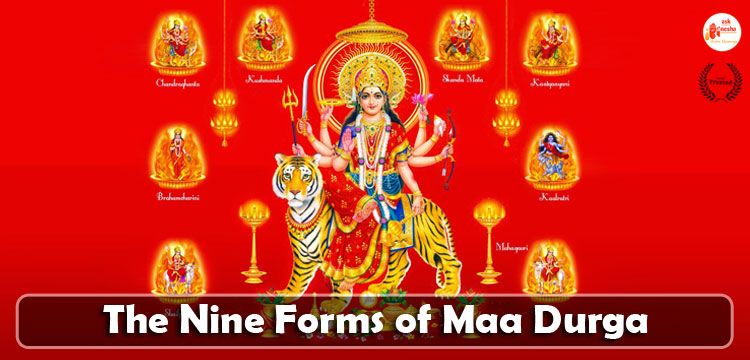
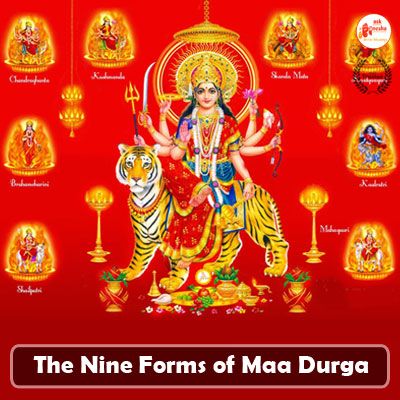
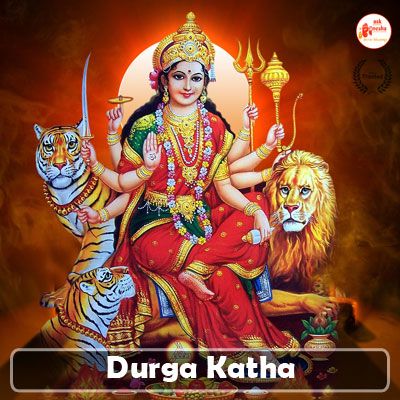
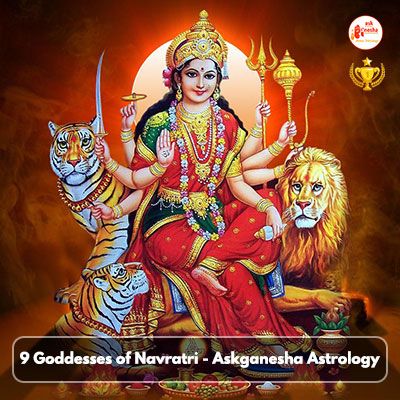
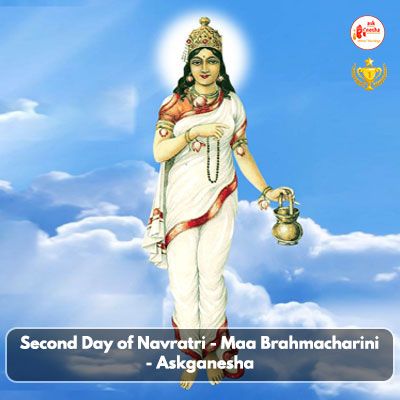
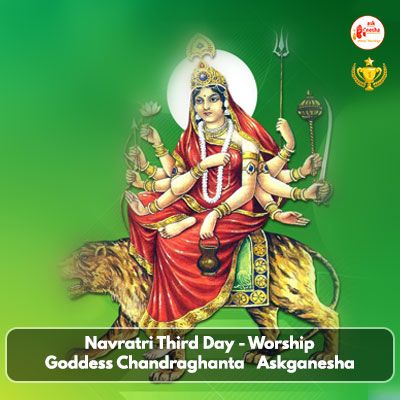

 Translate
Translate